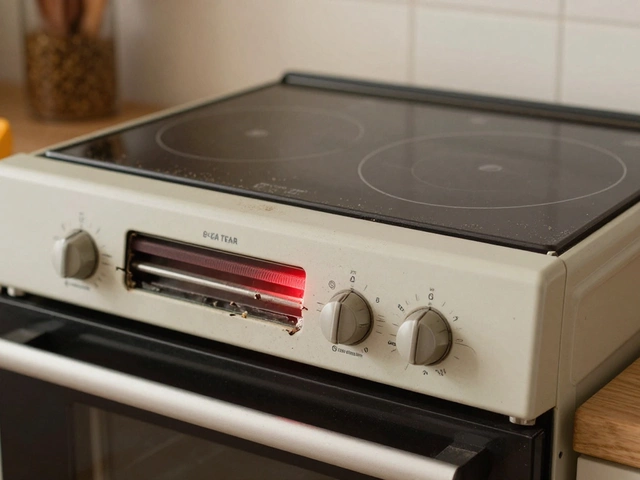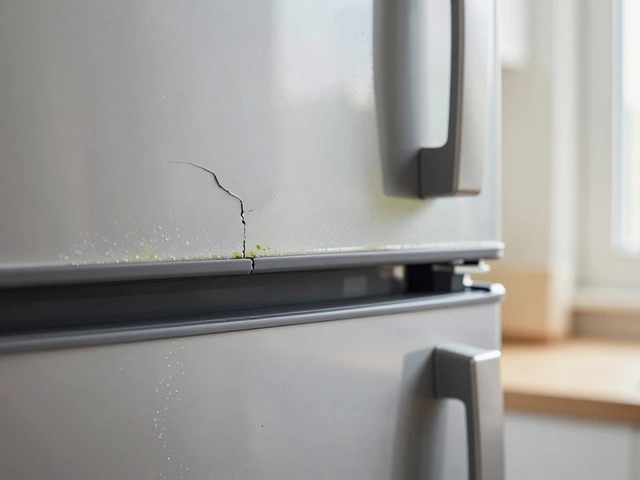Saving on Fridge Repair: Practical Ways to Lower the Bill
When dealing with fridge repair, the process of fixing a malfunctioning refrigerator to restore proper cooling. Also known as refrigerator repair, it can quickly become pricey if you don’t know where to save.
One of the first things to check is the freezer repair, a subset of fridge repair that focuses on the frozen compartment. A faulty freezer often causes the whole unit to work harder, raising both the repair bill and your electricity usage. By tackling a simple freezer coil clean‑up or door seal fix yourself, you can prevent a larger service call later.
Another related area is appliance maintenance, routine tasks that keep home appliances in good shape. Regularly defrosting, cleaning condenser coils, and checking temperature settings are low‑cost habits that extend the life of your fridge. When maintenance is part of your routine, the likelihood of emergency repairs drops dramatically, which directly supports saving on fridge repair.
How Energy Efficiency Impacts Repair Costs
Energy efficiency isn’t just about lower utility bills; it also influences repair frequency. An energy‑star rated fridge runs cooler with less strain on the compressor. If your model is old and guzzles power, the compressor will wear out faster, leading to costly fixes. Upgrading to a more efficient unit can seem like an expense, but the long‑term savings on both electricity and repair parts often outweigh the upfront cost.
Understanding the root cause of a problem is a key step. Fridge repair encompasses diagnosing cooling issues, checking the thermostat, and inspecting the compressor. If you can identify whether the problem is a simple blocked vent or a failing sealed system, you can decide whether a DIY fix is feasible or if a professional is truly needed.
Tools play a big role, too. Fridge repair requires proper tools such as a multimeter, coil cleaning brush, and a set of screwdriver bits. Having the right equipment on hand lets you perform basic checks without waiting for a technician, saving both time and service charges.
When a repair does need a pro, ask for a detailed quote before any work starts. Break down the labor, parts, and potential extra fees. This transparency lets you compare the cost against the price of a new fridge, especially if the unit is nearing the end of its typical 10‑12 year lifespan. In many cases, the cost of a major component like a compressor can approach half the price of a brand‑new appliance.
Finally, don’t overlook warranty and insurance options. Some manufacturers offer extended coverage that includes parts and labor for specific components. If your fridge is still under a warranty, a repair might be free or heavily discounted. Even after the warranty expires, a home insurance policy sometimes covers sudden breakdowns, so checking your policy can reveal hidden savings.
All these factors – regular maintenance, energy‑efficient choices, proper tools, clear quoting, and warranty awareness – connect together to form a roadmap for cutting fridge repair expenses. Below you’ll find a curated set of articles that dive deeper into each of these topics, giving you step‑by‑step guidance, cost breakdowns, and real‑world examples to help you keep your fridge humming without breaking the bank.


